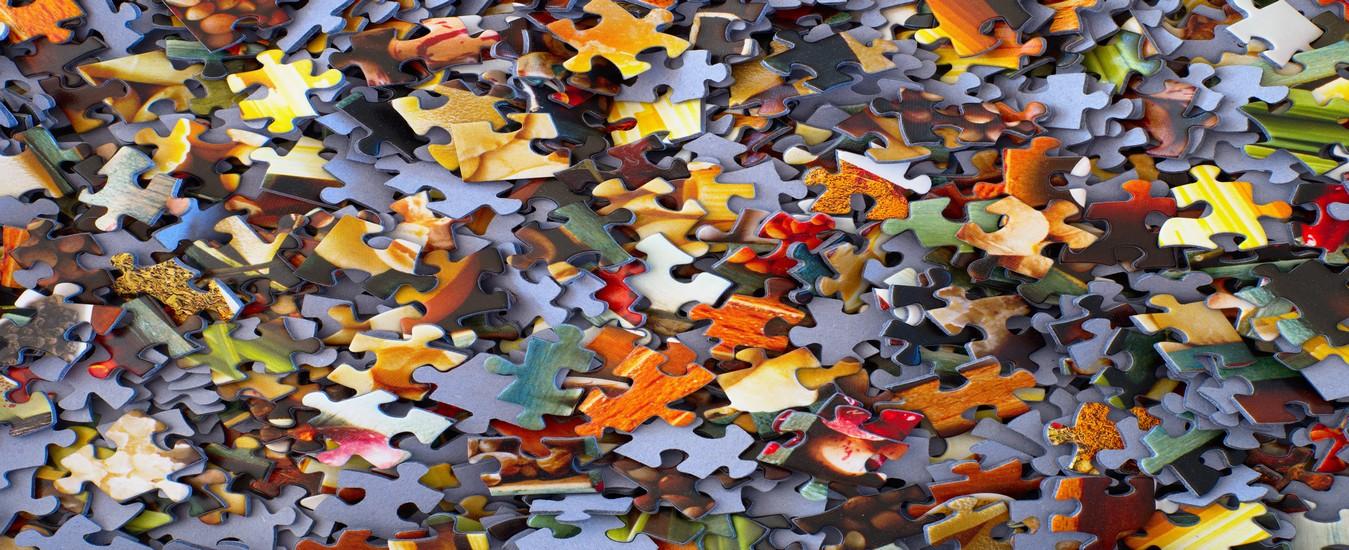Reflections on COINs2009 - Towards a Science of Collaboration - Peter Gloor

I am writing this blog post on my way back from the first Conference on Collaborative Innovation Networks COINs2009. It was a cool event, taking place Oct. 8-11 2009 at SCAD, the Savannah College of Art and Design. SCAD was a fitting place and perfect host for this conference, with its mascot the bee, paragon of collaborative swarms. The themes of the COINs conference cover a wide range of interdisciplinary fields such as social network analysis, group dynamics, design and visualization, information systems and the psychology and sociality of collaboration. Thinking about these topics in the plane on the trip back to Boston, it dawned on me that the time has come to put these topics into a solid scientific framework.
While it has been scientifically recognized that swarms of bees are better thought of as one big superorganism, it is only now that similar insights are coming up for the human superorganism. Slowly this human superorganism is starting to become self aware with the indivuum seeing its identity defined not in isolation, but through its connections. We therefore need a new science of collaboration, recognizing that each human is not just an individual, but a product of his and her connections to other humans.
Why is the Science of Collaboration relevant now? For thousands of years people have collaborated, from the first tribal bands hunting for large game to the feudal states in the middle ages to the large multinational companies of today. But only now with the emergence of the Internet and the Web do we have the means to solve tasks collaboratively at a large scale, with anybody, about anything, at anytime, and anywhere. Anybody planning a totally crazy project has the chance now to find the few other people on the world who care about the same topic with the same passion, and form the COIN, the Collaborative Innovation Network, to tackle the issue and collaboratively develop a solution.
While at the COINs2009 conference we got some great examples of co-located teams working on the same task, most of these collaborative tasks happen long-distance. Whether it’s designing a new piece of furniture, collaboratively writing an article, or authoring a flash movie, COINs pop up all around the globe, creatively collaborating over the Internet to solve their task.
Collaboration Science has many facets, ranging from analyzing and measuring collaboration by dynamic social network analysis, through making teams more collaborative by applying principles of group dynamics, to developing new Internet-based software tools and methods for collaboration. The COINs2009 call for papers lists the following subjects as parts of collaboration science:
• Dynamic Social Network Analysis
• Semantic Social Network Analysis
• Social System Design and Architectures
• Social Behavior Modeling
• Social Intelligence and Social Cognition
• Emotional Intelligence, Cultural Dynamics, Opinion Representation, Influence Process
• Trust, Privacy, Risk, Transparency and Security in social contexts
• Virtual Communication and Collaboration
• Measuring the performance of COINs
• Patterns of swarm creativity
• Collaborative Leadership
• Design and visualization in interdisciplinary collaboration
• Group dynamics and global teaming in virtual collaboration
• Organizational optimization in COINs
• The psychology and sociality of collaboration
Collaboration Science therefore includes principles and methods from many fields such as Network Science, Coordination Science and Web Science. The strongest contrast for me however is between Collaboration and Competition, i.e. using the power of the swarm for the egoistic benefit on one single individual. While people collaborate for egoistic goals, for me collaboration includes an altruistic element. While free markets are based on utilitarian principles, i.e. everybody being in it for his or her individual benefit, members of collaborative innovation networks are in it not just for themselves, but for the benefits of their community, knowing that if they do good to the community, the community will pay it back, leaving everybody much better off in the end.
Dustin Larimer, a conference participant from SCAD, allowed me to share the following three tag clouds. The clouds reflect feedback from conference participants after the first conference day, where three different workshops on the subject were offered, very cool:



Recommended Articles
Seeing is Believing.
Many software demonstrations end up being generic product promotions. We take the time to understand your specific needs before preparing a customised demonstration that provides you with: • Case studies of how organisations similar to yours have used our technology to improve related issues. • Scientific evidence published in major journals to back-up our statements. Please complete this form and a platform expert will be in touch shortly to take you through a demo of our technology with evidence relevant to your needs.



